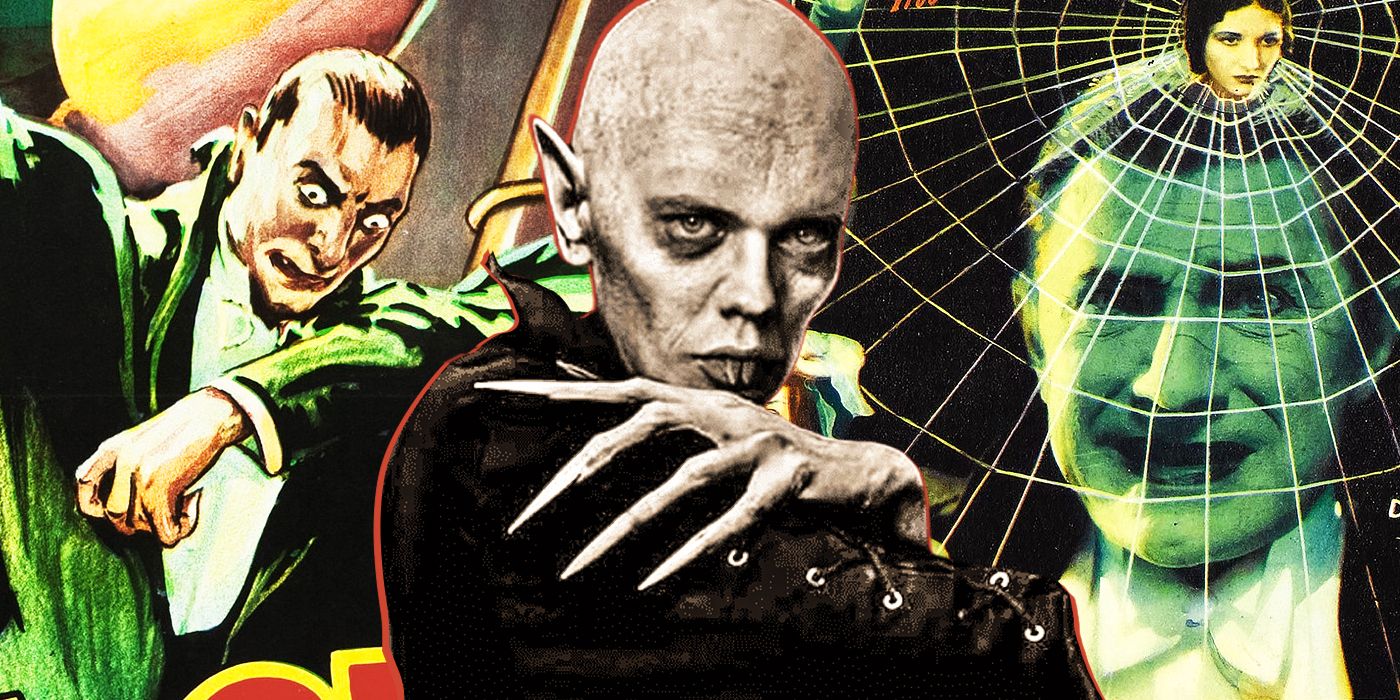Unveiling the Undying Bond: How Nosferatu Relates to Dracula

Ah, Nosferatu! A name that sends shivers down your spine and makes you wonder if it's time to check under the bed for any lurking creatures of the night. This iconic figure first sank its teeth into the cinematic landscape in the 1920s, courtesy of F.W. Murnau, all while donning the stylish cloak of German Expressionism. It's an intriguing blend of artistry and horror, don’t you think? Fast forward to the present, and Nosferatu is gearing up for yet another remake in 2024, thanks to the visionary Robert Eggers—and yes, the cycle of vampire fascination continues.
Now, let's clear up a common misconception that gnaws at the curious minds of moviegoers: the connection between Nosferatu and Bram Stoker's Dracula. While Dracula may swagger around with the confidence of a seasoned vampire—and indeed, it demands far more recognition—Nosferatu has carved out its own quirky niche in horror history. Imagine a vampire story told through a kaleidoscope of shadows and eerie music, where the characters closely pirouette around the concept of dread but possess their unique flair.
Lucky for us, Nosferatu isn't just a spooky display; it's essentially an unofficial adaptation of that well-known novel, albeit one that sidestepped copyright issues like a graceful ballerina. Picture this: the plot is almost a carbon copy of Dracula, but with alterations more colorful than a painter’s palette. The mighty Count Dracula has morphed into Count Orlok, who is—let's be frank—much less charming than his literary predecessor. Gone is the regal, captivating presence we associate with Dracula; instead, we’re staring into the unsettling, rat-like eyes of Orlok—aptly dubbed the Bird of Death, as if we needed further reminding of what lurks in the shadows.
You see, Orlok doesn’t have the luxury of creating other vampires with a mere bite; instead, he opts for a gruesome dinner—killing his victims. No brides for him! I mean, let's not pretend that Orlok could have a romantic comedy moment; his hideous visage isn't exactly swoon-worthy. So while some enthusiasts may naively view Orlok as Dracula's ugly cousin, the truth is a bit more complex—and far more entertaining.
Now, let’s chat about the term "nosferatu," shall we? Today, it’s become almost synonymous with "vampire," despite the fact that the word has roots in the Romanian "Nesuferitu," which translates to "the offensive one." What a delightful descriptor for Count Orlok, who roams the night more like a pestilence than a gentleman. Meanwhile, the word we’ve embraced as "vampire" links back to notions of “witch” and “blood monster,” adding a delicious layer of drama. And can we talk about how "Dracula" itself pops up from "draguli," meaning "son of the devil"? Honestly, who knew that navigating the terminology of the undead could be this amusing?
Oh, and let's take a moment to address the 1979 remake, Nosferatu the Vampyre, which cleverly fuses elements from Murnau’s film and Stoker’s original. This version gives us a glimpse of the familiar Count—or rather, the beloved Count Dracula, while maintaining the eerie charm of Orlok’s design. The original movie's proximity to the novel, unfortunately, resulted in an unfortunate lawsuit, almost threatening its existence. Imagine the heirs of Bram Stoker stampeding into a courtroom, convinced that their family legacy was being sullied by a rat-faced interloper! Thankfully, relics of Murnau’s work survived, allowing it to become a pillar of horror cinema.
Interestingly, even though Nosferatu wasn’t the official Dracula adaptation, it nevertheless tasted the bitter nectar of censorship—banned outright in Sweden for years, a decision made after censors declared the film too terrifying for the delicate Swedish constitution. Count Orlok’s uncanny appearance and menacing antics evoked a certain dread that managed to linger, even when his shadow wasn’t flickering across the screen. It’s not surprising, considering the film’s Gothic ambiance and meticulous framing that left viewers both entranced and terrified. Talk about a fine balance between fear and fascination!
And what of the more recent interpretations? The vampiric landscape has been awash with an assortment of trends and tones, leaving audiences yearning for a figure as distinctively terrifying as Orlok. Ah, the comforting embrace of nostalgia! The iconic silent film’s revival in the '60s rekindled interest, positioning our rat-like friend in a more prominent spot in pop culture history. By the time Herzog’s Nosferatu came onto the scene, everyone was reminded why Orlok was far more haunting than any slick-haired Dracula could ever dream of being.
Now we sit on the precipice of yet another iteration of this classic tale. Robert Eggers' 2024 remake promises to envelop viewers in the same dark Gothic tones Murnau masterfully crafted, while we bid farewell to dated notions of what a vampire ought to be. Who knows? With stars like Bill Skarsgård stepping into Orlok's shoes, we might find that the names Orlok and Nosferatu finally eclipse the legacy of Dracula. Someday soon, audiences across the world may indeed awaken to the chilling reality that Orlok the Nosferatu is, in fact, a much darker tale than we ever anticipated—and dear reader, that is the most delightful kind of horror.

